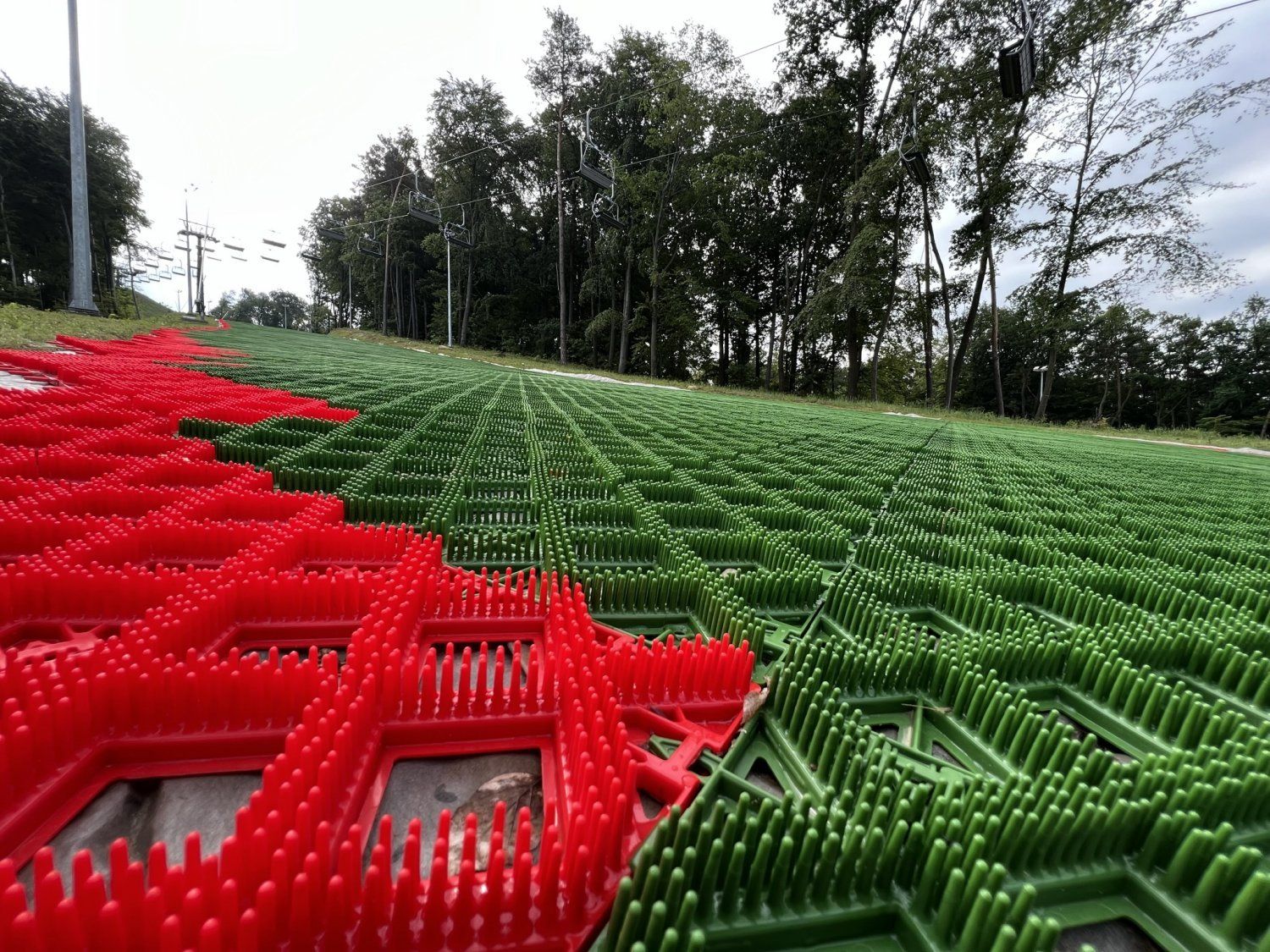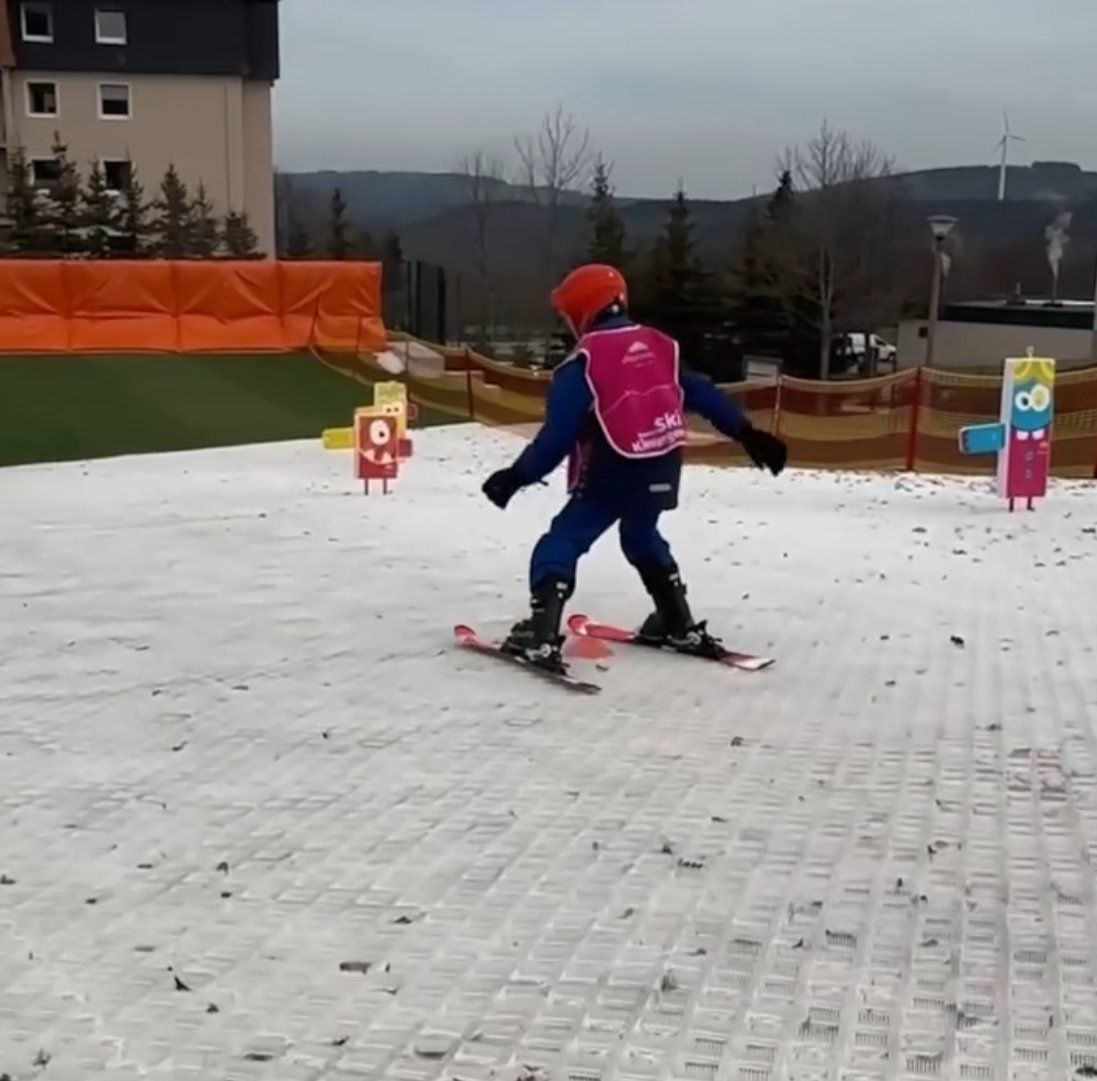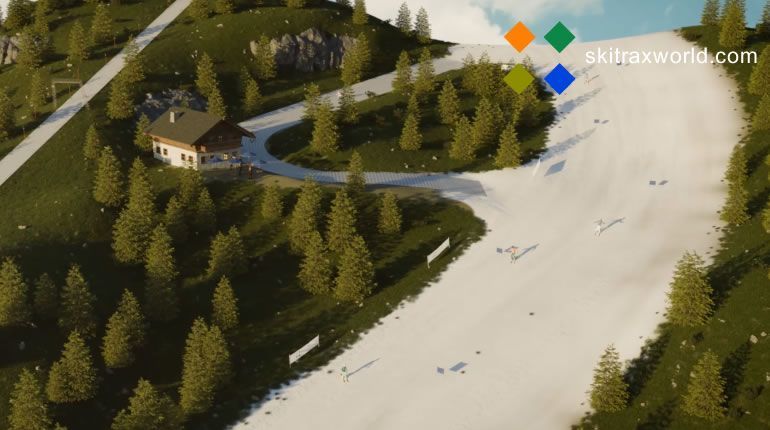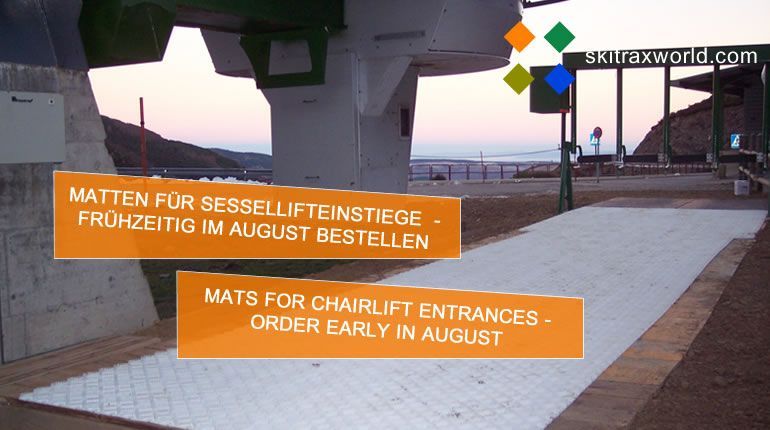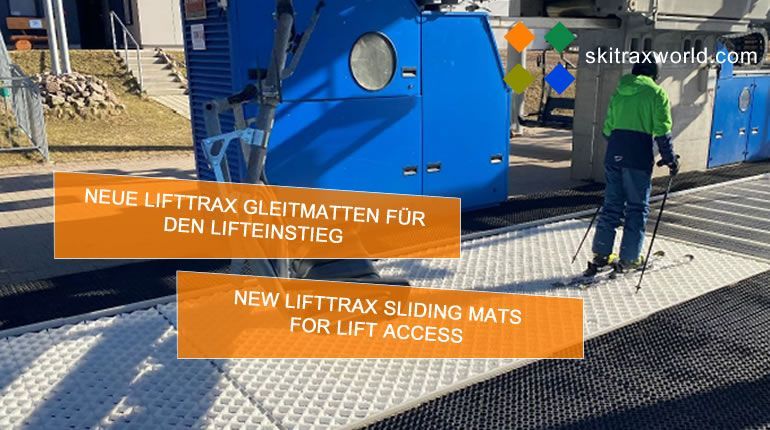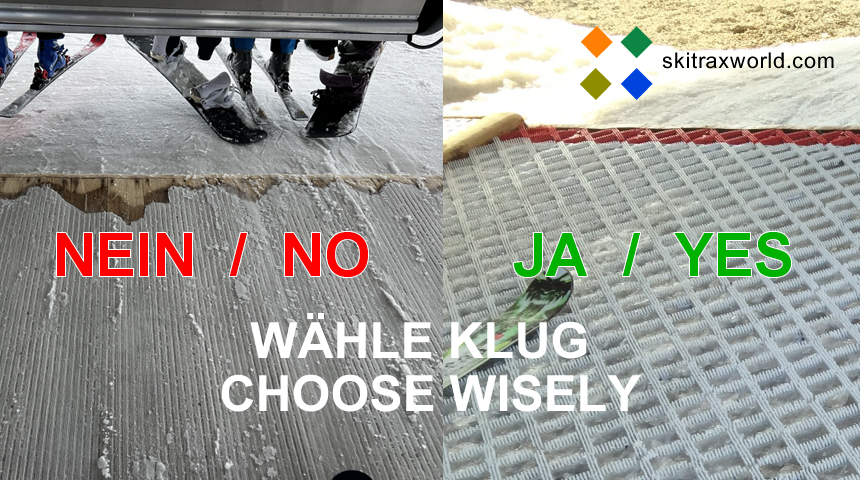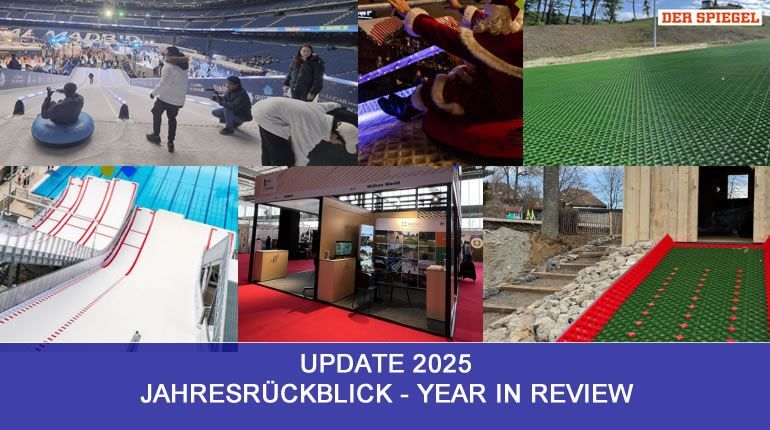
Rückgang in klassischen Märkten – neue Chancen durch Mattenskigebiete
Der alpine Skisport steht vor einem tiefgreifenden Wandel. Während Länder wie die Schweiz und Österreich weiterhin hohe Beteiligungsraten verzeichnen, zeigen sich in anderen Teilen Europas und Nordamerikas rückläufige Trends – insbesondere bei jungen Altersgruppen. Steht uns eine schleichender „Skiexit“ bevor? Neue Konzepte wie Mattenskigebiete könnten jedoch neue Impulse setzen.
Europa: Starke Alpenregionen, schwächelnde Randmärkte
Die Schweiz (37 %) und Österreich (36 %) führen weiterhin die Liste der skibegeisterten Nationen an. Deutschland verzeichnet mit rund 14,6 Millionen Skifahrern zwar hohe absolute Zahlen, doch der Anteil an der Gesamtbevölkerung liegt deutlich darunter. In Frankreich (13 %) und Italien (11 %) ist das Interesse stabil, während Spanien (4 %) und das Vereinigte Königreich (9 %) mit geringerer Schneesicherheit kämpfen.
Skandinavische Länder wie Norwegen (25 %) und Finnland (24 %) zeigen, dass Wintersport auch abseits der Alpen eine starke Rolle spielen kann – insbesondere durch schulische Programme und staatliche Förderung.
Nordamerika: Preisexplosion und Klimawandel bremsen Wachstum
In den USA liegt die Zahl der aktiven Skifahrer bei rund 10–12 Millionen, in Kanada bei 4–5 Millionen. Während ältere Generationen dem Sport treu bleiben, sinkt die Beteiligung bei Millennials und der Generation Z. Hauptgründe: steigende Kosten, kürzere Saisons und Konkurrenz durch digitale Freizeitangebote.
Mattenskipisten: Ganzjahreslösung mit Potenzial
Mattenskigebiete – wie sie in seit vielen Jahren in den Niederlanden, Großbritannien, Italien, Ungarn, Ukraine, Schweden, Dänemark etc. oder punktuell auch in den USA existieren – bieten eine wetterunabhängige Trainingsmöglichkeit. Besonders für Anfänger, Schulen und urbane Regionen stellen sie eine klimafreundliche Alternative dar. Zwar ersetzen sie nicht das Erlebnis echter Pisten, doch sie könnten helfen, neue Zielgruppen für den Skisport zu gewinnen.
Fazit: Der Skisport braucht Innovation
Der Trend ist in vielen Regionen negativ – doch nicht unumkehrbar. Investitionen in Infrastruktur, Nachhaltigkeit und alternative Trainingsformen wie Mattenskipisten könnten den alpinen Skisport wieder attraktiver machen. Entscheidend wird sein, wie flexibel sich die Branche an veränderte klimatische, wirtschaftliche und gesellschaftliche Bedingungen anpasst.
Die Zukunft ist jetzt!
Quellen:
- Statista (2025): Wintersport in Europa und Nordamerika
- BeyondSurfing.com: Wintersport-Statistik & Trends
- FIS (Fédération Internationale de Ski): Marktanalysen 2023–2025

Decline in traditional markets - new opportunities through mat ski resorts
Alpine skiing is facing a profound change. While countries such as Switzerland and Austria continue to record high participation rates, there are declining trends in other parts of Europe and North America - particularly among young age groups. Are we facing a creeping “Skiexit”? However, new concepts such as mat ski areas could provide new impetus.
Europe: Strong Alpine regions, weakening peripheral markets
Switzerland (37%) and Austria (36%) continue to lead the list of ski-mad nations. Although Germany records high absolute figures with around 14.6 million skiers, the proportion of the total population is significantly lower. In France (13%) and Italy (11%), interest is stable, while Spain (4%) and the United Kingdom (9%) are struggling with less reliable snow.
Scandinavian countries such as Norway (25%) and Finland (24%) show that winter sports can also play a strong role away from the Alps - particularly through school programs and state funding.
North America: price explosion and climate change slow down growth
In the USA, the number of active skiers is around 10-12 million, in Canada 4-5 million. While older generations remain loyal to the sport, participation among millennials and Generation Z is declining. The main reasons: rising costs, shorter seasons and competition from digital leisure activities.
Dry ski slopes: year-round solution with potential
Dry Ski Areas - such as those that have existed for many years in the Netherlands, the UK, Italy, Hungary, Ukraine, Sweden, Denmark, etc. or occasionally in the USA -
offer training opportunities regardless of the weather. They are a
climate-friendly alternative, especially for beginners, schools and
urban regions. Although they cannot replace the experience of real slopes, they could help to attract new target groups to skiing.
Conclusion: Skiing needs innovation
The trend is negative in many regions - but not irreversible. Investments in infrastructure, sustainability and alternative forms of training such as dry ski slope could make alpine skiing more attractive again. The decisive factor will be how flexibly the industry adapts to changing climatic, economic and social conditions.
The future is now!
Sources:
- Statista (2025): Winter sports in Europe and North America
- BeyondSurfing.com: Winter sports statistics & trends
- FIS (Fédération Internationale de Ski): Market analysis 2023-2025
UPDATE - Berichte von anderen Installationen









